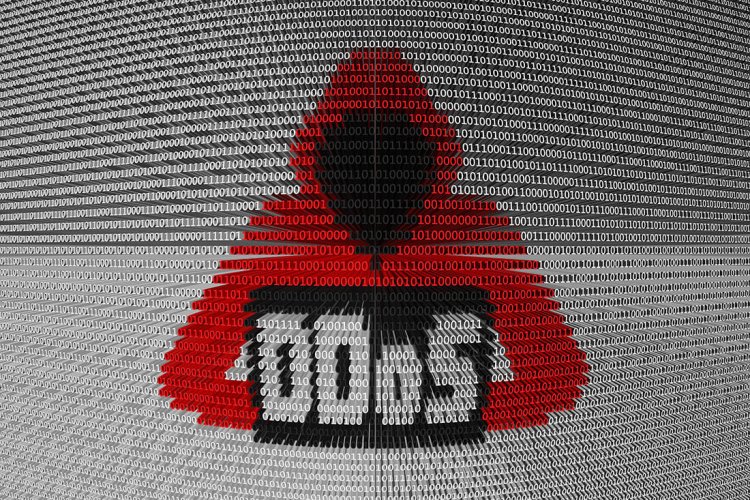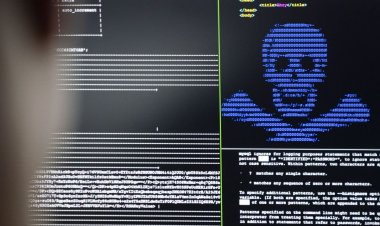Microsoft Blocked the Biggest Cyberattack Ever
MICROSOFT has successfully repelled the largest distributed denial of service (DDoS) attack in the company's history.

There were tens of thousands of devices targeted in the enormous cyberattack, with the vast majority of them being located in Asia, according to The Sun. Bad news is that cyberattacks are becoming more widespread and sophisticated with each passing year, and this trend is expected to continue.
A distributed denial of service (DDoS) attack, also known as a distributed denial of service (DDoS) attack, is a common type of cyberattack. When an attacker floods a victim's machine with internet traffic, the system is forced to go into hibernation. Websites, computer systems, and even individual internet users can all be targeted using this method of hacking and exploitation.
Microsoft said the attack was undertaken at one of the company's European clients who was utilizing the Azure cloud computing service. They also claimed that it was 140 percent more powerful than the previous-highest attack in 2020, which was successfully halted by Microsoft Azure at the time. The new attack caused the system to fail by sending 2.4 terabytes of data into it per second, leading it to crash.
Comparatively, the 1Tbps attack that happened in the late summer of 2016 was a minor inconvenience. In computing terms, one terabyte is equal to 1,000 gigabytes, which is the amount of storage space needed to store hundreds of 4K movies in high resolution. With that much information coming in at once, it's practically difficult to completely fill the system in a second. Microsoft estimates that the attack lasted a total of around ten minutes in total duration.
According to Amir Dahan, a Microsoft security researcher, large-scale attacks like these have the potential to wreak considerable damage to organizations. By flooding a target's network with large volumes of traffic in an attempt to bring it to a halt.
Even computers in the United States were used in the massive the DDoS attack
According to Microsoft, this is the case. In their attack, the attackers employed equipment from all of those countries, as well as from the United States of America.
Organization officials claim their security procedures were successful in stopping the attempted scam before it reached the consumer.
In this particular instance, Amir states that the client region was spared from assault traffic originating in the Asia-Pacific region and the United States of America.
However, because it was restricted inside the countries from which it came, the harm was quite minor. The increased severity of DDoS cyberattacks, on the other hand, is concerning. According to Microsoft, the number of cyberattacks grew by 25 percent in the fourth quarter of 2020 compared to the previous quarter.
However, this isn't the most massive DDoS attack in the history of the world. It's probable that Microsoft's current record is 2.4Tbps, despite the fact that Google consumed 2.54Tbps in 2017 (according to Google). In September, as part of a six-month campaign, Google was successful in thwarting an attempted attack.

 Alexander
Alexander 








